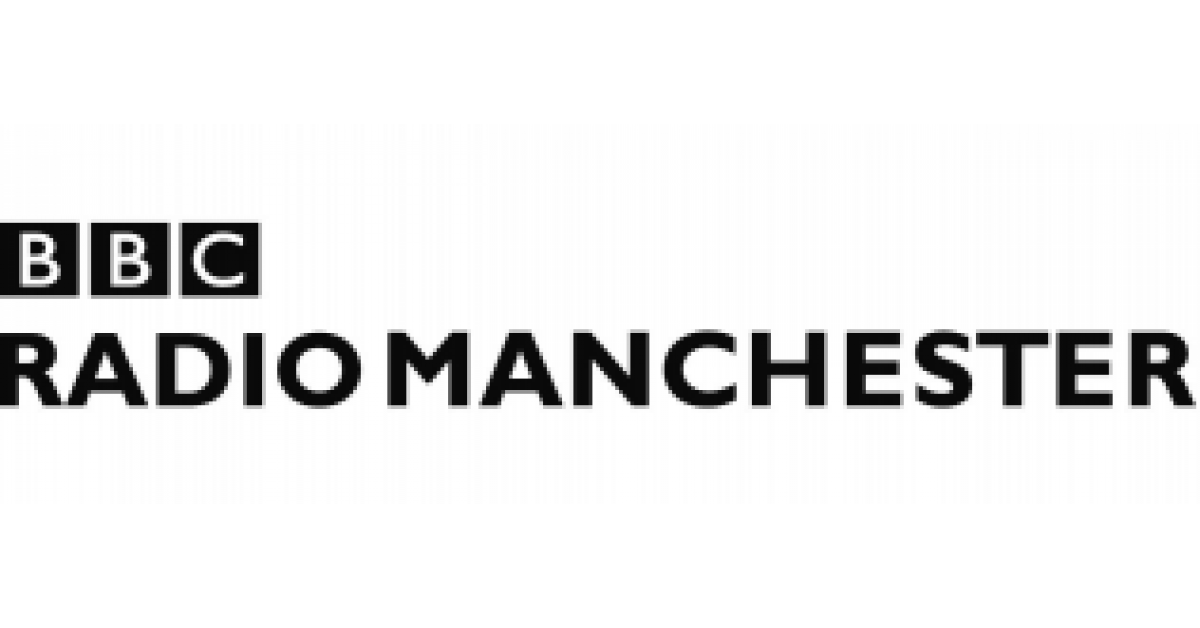John Hibbert Eyewitness Account
- Place: Oldham
- Role: Demonstrator
- Occupation: Cotton Carder
Testifies to seeing the Yeomanry striking at the crowd. After the crowd was dispersed he saw people throwing stones back at the Yeomanry. Talks about the Lees flag and it’s making. Also describes women and girls in white carrying the Failsworth flag. Estimates the contingent had grown to about 6000-8000 by the time they reached St Peter’s Field.
Account
Download accountJohn Hibbert sworn: examined by Mr. Evans.
Q. You are a cotton carder at Lees?
A. I am.
Q. Was you at the meeting on the 16th. August, at Manchester?
A. Yes.
Q. What part of the field was you in?
A. I was in front of the hustings, between the hustings and the Quakers' meeting-house.
Q. What hour did you come on the ground?
A. A little before twelve, I think.
Q. Was the meeting peaceable at the time?
A. Yes.
Q. Did any thing disturb it afterwards?
A. Yes; it was disturbed afterwards.
Q. By what?
A. By the appearance of the Yeomanry Cavalry.
Q. What did you see them do?
A. I saw them strike the people.
Q. Previous to their striking the people, did you see any resistance offered to the Cavalry?
A. Not the least.
Q. Were any stones thrown at them, or brickbats?
A. I saw some stones thrown, after the Cavalry had dispersed the people.
Mr. Serjeant Hullock.—The stones of the street rose up in judgment against them.
Q. Previous to the cavalry striking the people, did you see any stones thrown at them?
A. No.
Q. Do you know any thing of a black flag that was carried by the Saddleworth party?
A. Yes.
Q. Do you, of your own knowledge, know how that happened to be black?
A. I do.
Q. Explain?
A. It was painted black in consequence of the painter having no other colour or paint with him at the time, of any colour or kind.
Mr. Justice Holroyd.—How do you know that?
A. I know it from what he said.
Q. Do you know where the painter came from?
A. Yes; from Lees.
Q. Did you see what colours he had with him?
A. I saw what colours he had with him, I believe.
Q. Did he paint it in your presence?
A. He did.
Q. Did you hear any orders given to him, what colour to paint it?
A. There was no order; I mean in my presence.
Q. Did you come alone, or in a party, to Manchester?
A. I came by the side of a party.
Q. Do you know of what number that party consisted?
A. Sometimes more, and sometimes less.
Q. When the numbers were the largest?
A. Six or eight thousand.
Q. Had any party joined you?
A. Yes.
Q. What party?
A. All the party that did join between that, and Manchester.
Q. What were they?
A. Royton, Oldham, and Failsworth.
Q. Had you any musical instruments?
A. I saw no musical instrument to the best of my recollection.
Q. What flags?
A. Black flag; one from Oldham; one from Royton, and one from Failsworth.
Cross-examined by Mr. Serjeant Cross.
Q. Lees?
A. Lees, Moseley, and Saddleworth.
Q. These different townships would extend over a considerable part, of the county?
A. They are not townships, all of them.
Q. Did you pay for the flag?
A. I paid something towards it.
Q. And the rest of the committee paid their shares?
A. Certainly.
Q. How much did each member give?
A. There were more gave than the committee.
Q. How much did you give?
A. I cannot say.
Q. There was a collection made?
A. There was money given.
Q. How many contributed—hundreds?
A. I do not know; I think not.
Q. Who collected the money?
A. I am not certain; so I cannot tell.
Q. Who received yours?
A. I do not know.
Q. So you paid a sum, you know not what, to a man, you know not who?
A. Yes.
Q. How many members were in the committee?
A. I am not particularly aware that there was a committee.
Q. Where did they meet?
A. At a place called Shelderslow.
Q: Where?
A. Saddleworth.
Q. At a public or private house?
A. At a private house.
Q. Saddleworth is in Yorkshire?
A. Saddleworth is in Yorkshire.
Q. Whose house was it?
A. I do not know the name of the man.
Q. How far from your own house?
A. Perhaps a mile.
Q. How long before the 16th. August did the committee settle these corps were to meet on Oldham Green?
A. I never knew it was settled that they were to meet on Oldham Green.
Q. How came you to meet there?
A. I did not meet there.
Q. You belong to the Lees party?
A. I came from Lees.
Q. How far from Oldham?
A. Two miles.
Q. The Lees met the Oldham?
A. They joined on the way.
Q. Do you not know that they met on Oldham Green?
A. I am not aware.
Q. Did you not hear the men tell?
A. I am not aware.
Q. You cannot tell us by what accident these meetings assembled, in the same way?
A. It was further from Lees than Oldham.
Q. They met by accident?
A. They waited for one another.
Q. Where used the Lees people to walk about, in the evening, In order to go handsomely to Manchester?
A. I do not know that they walked about any where, in order to walk handsomely to Manchester.
Q. Then perhaps they walked worse than the rest?
A. I did not take notice of that circumstance.
Q. You never saw people walking of an evening?
A. Yea; I have seen people walking up and down.
Q. And men calling out "halt” and "march"?
A. Never, except soldiers; and except boys at play.
Q. How long before?
A. I cannot say, perhaps when I was a boy myself.
Q. You marched by their side?
A. I went sometimes behind, sometimes before, more of a side with them.
Q. I do not know whether it was your place to say "halt” and "march"?
A. No, it was not.
Q. Then there were 6,000?
A. I think there might be.
Q. The women would march by their side?
A. I saw in one company, women bearing the flag.
Q. Was it the Lees Flag?
A. It was the Failsworth flag.
Q. The Failsworth joined with a troop of females?
A. Yes.
Q. All dressed in white?
A. Yes.
Q. And a black flag?
A. I think it was not.
Q. When you got on the ground they gave you a rare shout?
A. I think there was a shout.
Q. And your drums would go nicely?
A. I never saw drums, unless it was a double drum.
Q. It was two drums in one was it; they had a bugle?
A. I heard the sound of a bugle.
Q. Your corps of 6,000 or 8,000 marched to the sound of a bugle?
A. I believe it did.














